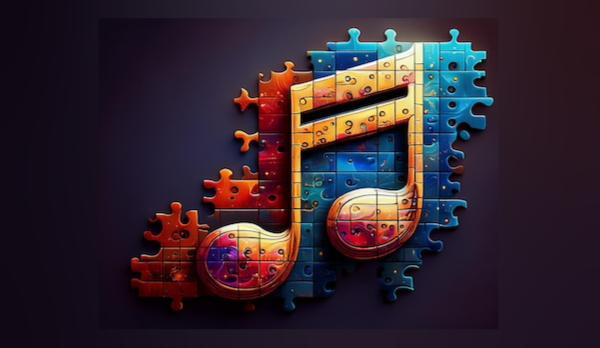Jigsaw Puzzles 101

What is a Jigsaw Puzzle?
Jigsaw puzzles have been a beloved pastime for centuries, captivating people of all ages with their intricate designs and the satisfying challenge they present. The history of jigsaw puzzles dates back to the 18th century. The first jigsaw puzzles were created by John Spilsbury, a London mapmaker and engraver, in 1767. Spilsbury's initial puzzles were maps mounted on wood and cut into small pieces to teach geography.
Modern day jigsaw puzzles typically consist of numerous small, interlocking pieces of compressed paper pulp with an image printed on one (or two!) sides that form a complete picture when assembled. Jigsaw puzzles have grown in complexity and size and are more than just a hobby—they are a test of patience, a way to unwind, and a tool for cognitive development.
In recent years, jigsaw puzzles have seen a significant resurgence in popularity. The rise of digital distractions and fast-paced lifestyles has led many to seek out more mindful and engaging activities, making jigsaw puzzles an ideal choice.
The COVID-19 pandemic further amplified this trend, as people looked for enjoyable and calming ways to spend their time at home. Today, jigsaw puzzles are celebrated for their entertainment value and also for their ability to bring families together, reduce stress, and sharpen the mind.
Different Types of Jigsaw Puzzles
Jigsaw puzzles come in a variety of types and special features, each offering a unique and engaging experience. They can range anywhere from 2 pieces to 2,000 or more. Here are some of the popular types you can find at Galison:
Foil Jigsaw Puzzles
Foil Jigsaw puzzles incorporate metallic foil into the design, adding a shimmering, reflective quality to the completed image. This type of puzzle is visually striking and can be particularly appealing for those who appreciate a bit of sparkle in their puzzle artwork.
Double-Sided Jigsaw Puzzles
Double-sided Jigsaw puzzles feature two different images printed on either side of the pieces, providing twice the challenge and fun. This type of puzzle is perfect for those who enjoy a more difficult and engaging puzzle-solving experience. You can flip the pieces to see which side fits, adding an extra layer of complexity.
Shaped Jigsaw Puzzles
Shaped Jigsaw puzzles break away from the traditional rectangular format. These puzzles come in various shapes, such as animals, flowers, or objects, adding a whimsical and creative twist to the puzzle-solving experience. They are great for adding visual interest and can be more challenging due to their unconventional shapes.
Lenticular Jigsaw Puzzles
Lenticular puzzles use lenticular printing to create an image that appears to move or change when viewed from different angles. These puzzles add a dynamic element to the traditional jigsaw puzzle, making them particularly appealing for kids and those who enjoy optical illusions.
Mini Jigsaw Puzzles
Mini Jigsaw puzzles are smaller in size, often with fewer pieces, making them ideal for quick puzzle sessions or for younger puzzlers. Despite their smaller size, they can feature intricate designs and offer a satisfying puzzle experience.
Panoramic Jigsaw Puzzles
Panoramic puzzles are designed to create wide, sweeping images, often of landscapes or cityscapes. These puzzles are typically longer and narrower than standard puzzles, providing a unique challenge and a stunning finished product that can be displayed as a panoramic scene.





